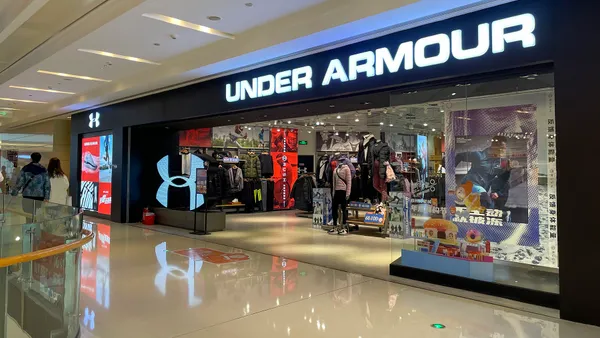Dive Brief:
- Email remains one of the most dominant forces in digital marketing for retailers, with 47% of consumers rating email as their most preferred media channel for brand communications, according to a new study from Yes Lifecycle Marketing. Email is far ahead of other channels, such as display advertising (preferred by 17% of respondents), text message (14%), mobile app (12%) and social media (10%).
- However, many marketing emails go ignored, mainly due to inbox overload (55%), irrelevant product recommendations (50%), uninteresting or unhelpful content (41%) and emails that don't include discounts or free shipping (33%), while just 9% said they don't ignore emails from retailers. Other reasons included that the email arrived at the wrong time, a lack of personalization, over-personalization or content that was difficult to navigate, the study said.
- Despite these concerns, 42% said they do not unsubscribe from the email lists and give the subject line at least a moment of attention while scanning their inbox. Other reasons for not unsubscribing include wanting free stuff (32%), too busy to hit unsubscribe (18%), can't find the unsubscribe button (15%) and the unsubscribe process has too many questions (12%).
Dive Insight:
Email remains the most popular marketing communication channel with consumers, or at least the one they prefer to receive messages on from retailers. But while 47% prefer email, many others have significant complaints. One chance of overcoming those gripes is a short, carefully researched and worded subject line, according to the report.
One of the factors driving the sticking power of email is that it is simple to ignore, as well as the inertia many people face when confronted with taking a step to unsubscribe. Subject lines can be a good way to increase open rates, according to Yes Lifecycle Marketing, and involves personalization, analysis of customer data, making an effective offer that includes free shipping and doing it all in a few compelling words.
Macy's recently conducted a campaign based on customer data that resulted in a 6% increase in active email subscribers. But a 2017 Deliverability Benchmark Report from ReturnPath said 20% of commercial emails worldwide do not reach their intended targets' inboxes and either get diverted to spam folders or get blocked altogether.
Sixty percent of respondents will purchase from email offers that include a discount and free shipping, but only 37% said the emails were sufficiently personalized. Inadequate attention to basic details about the customer — something that can be culled from sales data — was often to blame.
For instance, 32% said the retailer's email recommended products they were clearly not interested in, having not browsed or purchased those categories in the past; 30% said that the email advertised products they had already purchased; 19% had been sent sales information for cities where they didn't live; 14% said a retailer got personal details wrong; and 11% said the email addressed them by the wrong name. A report from Oracle last fall indicated that consumers want personalization, but are hesitant to give data to retailers.
The in-store experience is alive and well but changing, the Yes Lifecycle Marketing study reported. Ninety percent of consumers buy items in stores at least monthly, and 60% said they go to the brick-and-mortars to see products in person. Among the suggestions for refreshing the store experience are camera-ready murals and pop-up displays for younger customers who are likely to share them on Instagram.
The mobile shopping environment is where retailers have the greatest chance of appealing to younger consumers, per the report. It's also a place to communicate to them while they shop in the physical store. For example, 57% said they've used a retail app in-store; 65% of those shoppers use mobile to redeem coupons; 57% of users look for coupons while in-store; and 46% are searching for products that are on sale.












